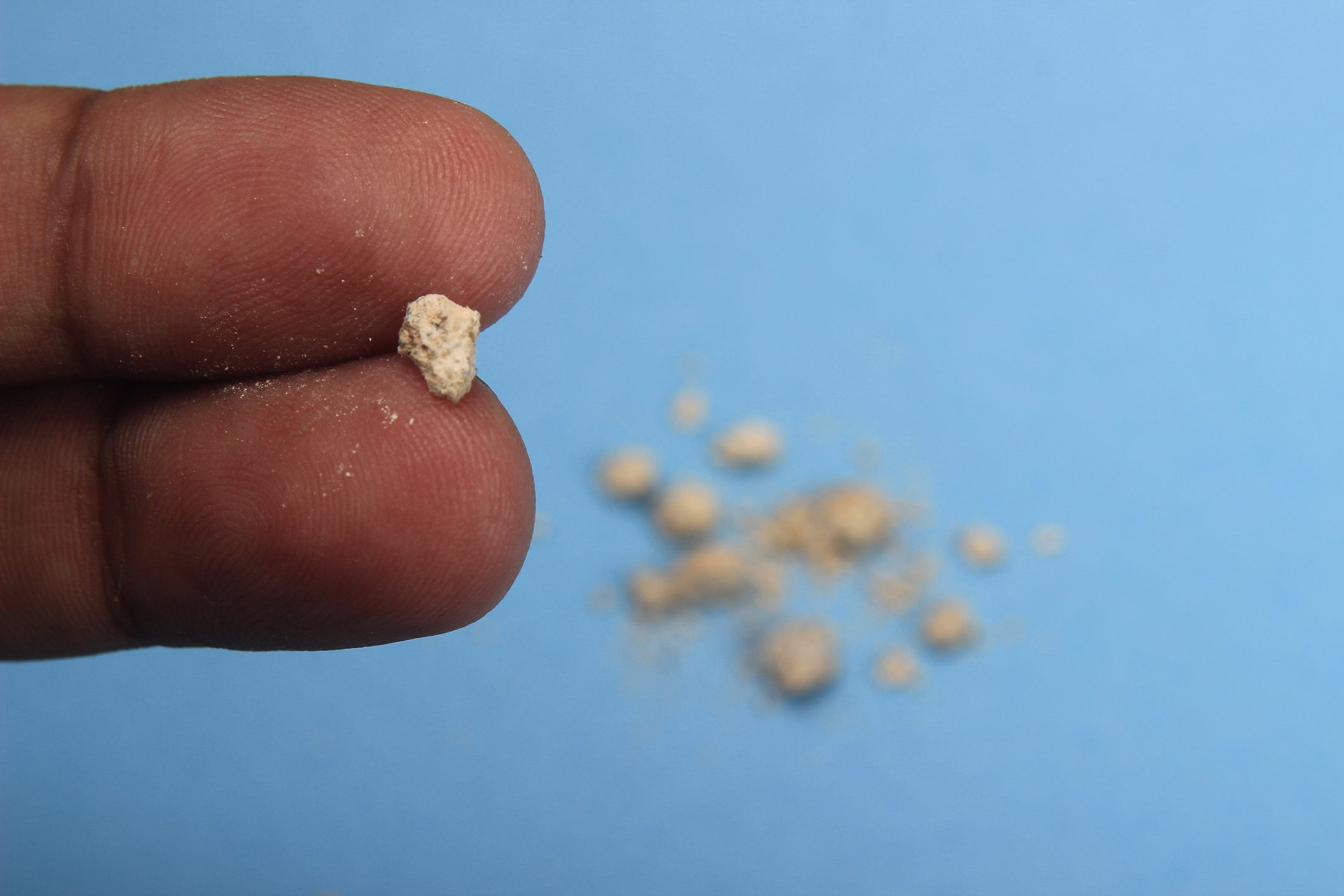THROAT– Voice and speech
Voice – Silence is divine and speech is human. Even though silence can speak more sometimes, it can also often make one misunderstood. So, voice is very important for straightforward and clear communication. Voice is an alternative route to our expression
to let everyone know our feelings with words. With voice, one can speak / communicate / recommend / read / narrate / create a rapport, etc. Crying is also a type of voice. Infants, in their words, use crying to indicate their need, hunger or pain .
Speech is not merely a movement of the tongue but needs appropriate coordination of one’s mental (for language) andphysical (to exhibit) processes with the help of breath, vocal cords, larynx, pharynx, tongue and lips. They all work just like a network to communicate. It works for interpersonal communication. Mike, radio, tape recorder, TV and phones all
evolved with science for the fundamental idea of communication i.e. speech. Also, in this competitive world, speech and self-confidence are very closely related. While speaking one need be cautious since it is often made to reveal or conceal one’s thoughts. Intelligent people can speak cleverly and crisply without wasting acoustic energy, i.e. sound.
Larynx (Voice Box) – is the voice producing apparatus (just like a whistle) present inside the throat (deep down). It is made up of cartilages, ligaments, muscles, and mucous membranes. It lies in the neck below the hyoid bone and in front of C3 & C4 cervical spines . Externally, its location can be identified with Adam’s apple. It forms as upper extended portion of the trachea (wind pipe) and lower extended portion of pharynx. The most essential part of the larynx is the vocal
cords without which one cannot utter even a single word.
Vocal cords – are ridges of mucous membranes enclosed of vocal ligaments. It is just like the strings in musical instruments. In front, it is attached to the thyroid cartilage (Adam’s apple) and in back, it is attached to the arytenoid cartilages. While breathing, vocal cords remain apart, forming a “V” shaped opening. The fissure between these two vocal cords is called glottis.
Vocal cords produce the sound with vibrations when air is passed through them from lungs. Vocal cords come together and vibrate to produce sound during speech. Its functioning ability is unimaginable. To spell ‘a’, it would vibrate at a frequency of more than 400 cycles per second. Life long use of these small cords seems to be a miracle of nature.
Vocal cord is supplied by recurrent laryngeal nerve – a branch of vagus nerve. Removal or damage of the vocal cord or nerve supplying them will prevent one from speech. Right nerve gets often affected in neck lesions (i.e., while operating for thyroid or lymph glands in the neck) and left nerve gets affected with chest lesions (i.e., while operating for ailments of heart – patent ductus arteriosis, aneurysms, valvular defects, etc).
How voice occurs – Lips, which are supposed to spell or utter words, are not the true producers of voice. Likewise, the tongue, which often gets appreciation for
words, is not the true creator. It’s all concerned with larynx and brain . The tongue, lips, nose, sinuses, etc., are giving only added features to get words in clear, sharp format, and with clarity. They all help to alter / raise the pressure with closure of mouth and add quality to sound by resonance with air spaces. According to the features and movements of larynx one’s voice will differ.
In fact, there are plenty of things that work for creating and uttering a word. Even saliva, the secretion of the mouth is needed for free movement of larynx, tongue and lips to speak fluently. Finally, but the most important thing is, hearing – without which one cannot learn to speak or utter a word.
Normally, as per aero-dynamics, movement of air creates sounds when it gets deviated or when it faces obstacles. The same thing happens in larynx. The diaphragm pushes the air from the lungs against glottis to open up. When the pressurised air is passed through vocal cords, it vibrates to produce vocal sounds. With each vibration, it allows a puff of air to pass through it to create a buzz. The resulting sound is modified by movements in the larynx, vibration of vocal cord, space allowed for the air and volume of the airflow.
The pitch of the sound depends on the number of vibratory cycles occurred per second. The air passed through tense, narrow vocal cord will produce high pitched sound whereas the air passed through widely separated vocal cords will produce low pitched sound.
Quality of sound
Phonation quality differs from one person to another. It is acombination of breath and voice. Voice may be soft / hard / hoarse / husky. Voice depends on frequency or pitch, intensity or volume of air and resonance. Difficulty in breathing, having a nose block, cough, tickling sensation or uneasiness in throat can also alter the voice. Voice / sound may also vary depending upon the speaking circumstances / situations (anxiety / fear / tension) and moods i.e., to gossip, murmur, whisper, shouting with explosive sound, etc.
Larynx functions – Larynx, having vocal cords, works mainly as a voice box. Further, it works for
- Respiration
- Guiding food into the oesophagus
- Guarding the lower respiratory organ from entry of food substances
- Induction of cough reflex to expel food or foreign materials
- Fixing the chest tight to hold breath while doing strenuous work
Pharynx (throat) serves as a common pathway for the food and inspired air. Both the mouth and nose open into the pharynx which in turn opens into oesophagus (food tube) with trachea downwards and two Eustachian tubes (which connect to the middle ear) side wards. Larynx controls the food movement and air movement with its movement. Involuntarily while swallowing food, larynx raises against epiglottis to close off the trachea to prevent food entering into the lungs. It moves according to the movement of head, neck, swallowing and speech. It can be modified in such a manner to produce different sounds. Puberty changes will also provide voice changes. The enlarged and heavy larynx of males produces deeper pitched voice than those of females.
Speech
is an expression of thoughts or ideas by vocal sounds. Act of speech needs cooperation of mind and voice box. The specific speech area in the brain (in frontal region) is called as Broca’s area. This area is concerned mainly with fluency and grammar in our speech.
For understanding language, thinking rationally, analysing the facts, expressing one’s view, Wernicke’s area in brain (in temparo parietal region) is important. These two areas are inter-related and work simultaneously to pronounce a word logically. Brain need to be cautious in uttering a word since it cannot be revoked after it is said.
Voice dysfunctions – The common voice dysfunctions are
- Aphonia – total loss of voice
- Dysphonia – difficulty in phonation due to dysfunction of vocal cords
- Pitch disorders – hoarseness / creaky voice due to infection / cold / vocal nodule / malignancy
- Resonance disorders – disorders of phonation
- Hypernasality due to palatopharyngeal incompetence / cleft palate
- Hyponasality from nasal obstruction (adenoids, nasal polyps, etc)
- Aphasia – loss of speech due to brain involvement i.e. lack of signals from brain
- Stuttering or stammering – disturbance in rhythm, frequency of words.
- Speech or language problem due to underdeveloped brain with cerebral palsy or mental retardation where brain cannot learn and understand how to act.
for new hope
Dr. S. Chidambaranathan, BHMS, MD (Homeo)
Laxmi Homeo Clinic
24 E. New Mahalipatti Road
Madurai, TN 625 001
India
Tel: +91-452-233-8833 | +91-984-319-1011 (Mob)
Fax: +91-452-233-0196
E-mail: drcheena@yahoo.com
(Disclaimer - The contents of this column are for informational purpose only. The content is not intended to be a substitute for professional healthcare advice, diagnosis, or treatment. Always seek the advice of healthcare professional for any health problem or medical condition.)






























Social Plugin